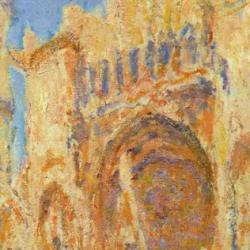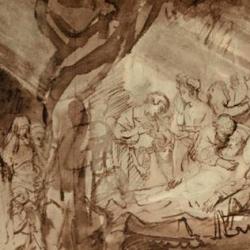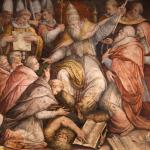The subtitle of Gene Kritsky’s forthcoming Tears of Re is “Beekeeping in Ancient Egypt.” The linkage of deity, mourning, and beekeeping is too tantalizing to pass up.
The title is based on a myth found in a papyrus from about 300 BC: “The god Re wept and the tears from his eyes fell on the ground and turned into a bee. The bee made (his honeycomb) and busied himself with the flowers of every plant; and so wax was made and also honey out of the tears of Re.” Re, the sun god and creator, forms bees when his tears hit the ground. The mourning of the creator produces the sweetener of human life.
The myth leads Kritsky, an entomologist who also works in archaeology, into a brief, fascinating exploration of apiarian practices in Egypt, as well as the mythologies, festivals, foods, sexual beliefs connected with bees.
It would be an interesting exercise to place Kritsky’s finding alongside the biblical references to honey and bees. Israel enters a land flowing with milk and honey, but before they do the Amorittes chase them away bees (Deuteronomy 1:44; cf. Psalm 118:12). “Deborah” means “bee,” and another judge, Samson, finds bees and honey in the carcass of a lion (Judges 14:8). Jonathan later refreshes himself with honey from the ground (1 Samuel 14).
Yahweh too produces honey, not from His tears but from the laws and statutes of His mouth (Psalm 19:10; 119:103). Honey comes from the ground, from the rock (Psalm 81:16), the Rock that is Yahweh, the Rock that followed and fed and watered Israel in the wilderness, the Rock that sweetened Israel’s bitter exile.














